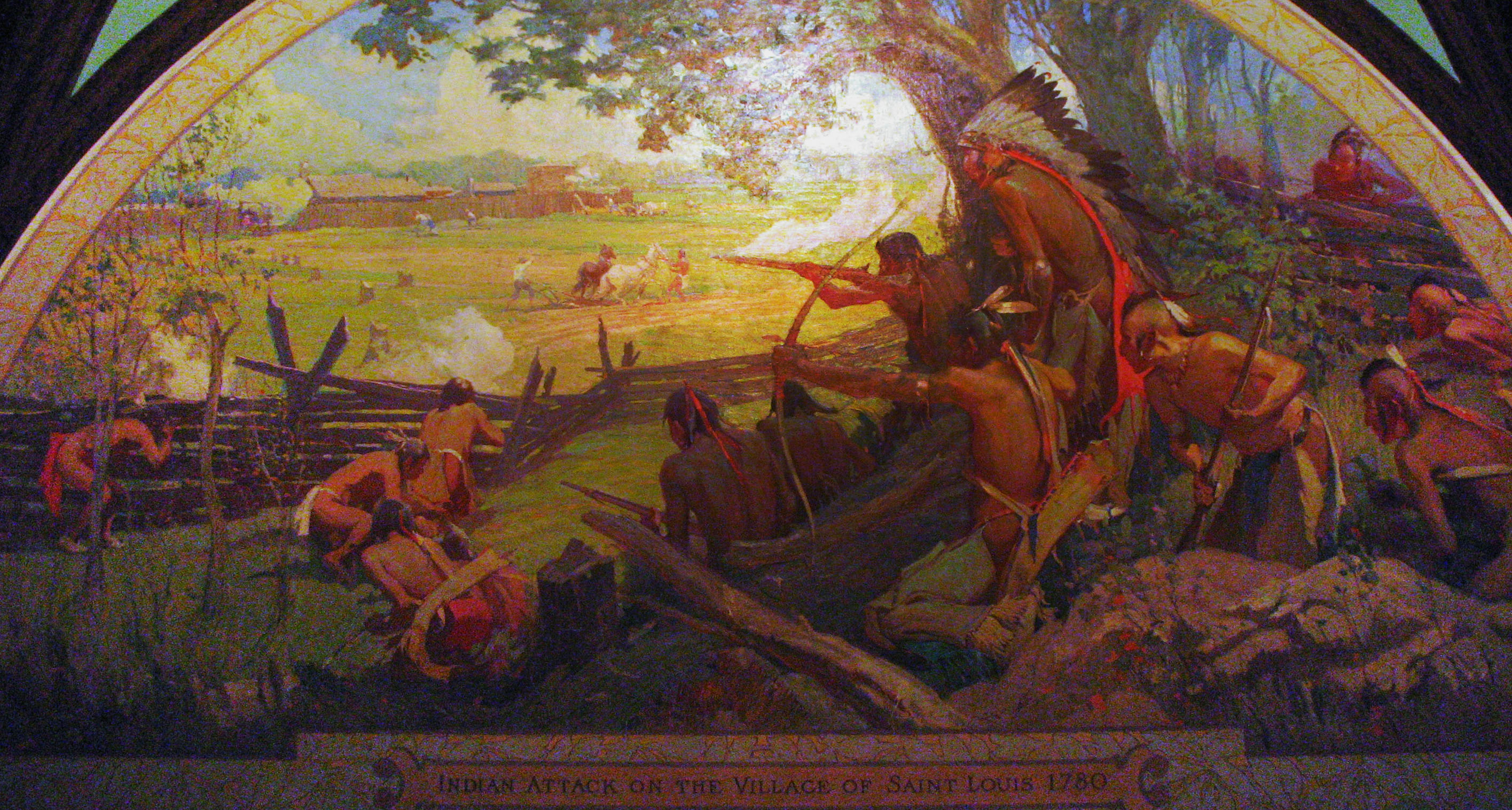|
Walter G. Benz Jr.
Walter Gottlieb Benz Jr. (December 27, 1919 – March 21, 2010) was an American flying ace in the 348th Fighter Group during World War II. Early life Benz was born on December 27, 1919, in St Louis, Missouri. Military career On 26 September 1941, he joined the United States Army Reserves. After enlisting into the pilot training of the United States Army Air Corps on the same year, he graduated and earned his pilot wings at Ellington Field in Texas, on April 29, 1942. World War II After the completing transition training for the Republic P-47 Thunderbolt, Benz was assigned to the 342nd Fighter Squadron of the 348th Fighter Group soon after the group's formation on September 30, 1942, at Mitchel Field, New York. The 348th Fighter Group, which was equipped with the P-47 Thunderbolts, was assigned to the Asiatic-Pacific Theater in June 1943. In late July 1943, the 348th FG arrived in New Guinea via Australia. Engaging in aerial combat within days of arrival, Benz scored his ... [...More Info...] [...Related Items...] OR: [Wikipedia] [Google] [Baidu] |
St Louis, Missouri
St. Louis ( , sometimes referred to as St. Louis City, Saint Louis or STL) is an Independent city (United States), independent city in the U.S. state of Missouri. It lies near the confluence of the Mississippi River, Mississippi and the Missouri River, Missouri rivers. In 2020, the city proper had a population of 301,578, while Greater St. Louis, its metropolitan area, which extends into Illinois, had an estimated population of over 2.8 million. It is the List of metropolitan areas of Missouri, largest metropolitan area in Missouri and the second-largest in Illinois. The city's combined statistical area is the 20th-largest in the United States. The land that became St. Louis had been occupied by Native Americans in the United States, Native American cultures for thousands of years before European colonization of the Americas, European settlement. The city was founded on February 14, 1764, by French fur traders Gilbert Antoine de St. Maxent, Pierre Laclède, and Auguste Choute ... [...More Info...] [...Related Items...] OR: [Wikipedia] [Google] [Baidu] |
United States Army Air Corps
The United States Army Air Corps (USAAC) was the aerial warfare service component of the United States Army between 1926 and 1941. After World War I, as early aviation became an increasingly important part of modern warfare, a philosophical rift developed between more traditional ground-based army personnel and those who felt that aircraft were being underutilized and that air operations were being stifled for political reasons unrelated to their effectiveness. The USAAC was renamed from the earlier United States Army Air Service on 2 July 1926, and was part of the larger United States Army. The Air Corps became the United States Army Air Forces (USAAF) on 20 June 1941, giving it greater autonomy from the Army's middle-level command structure. During World War II, although not an administrative echelon, the Air Corps (AC) remained as one of the combat arms of the Army until 1947, when it was legally abolished by legislation establishing the United States Department of the Air Fo ... [...More Info...] [...Related Items...] OR: [Wikipedia] [Google] [Baidu] |
B-25
The North American B-25 Mitchell is an American medium bomber that was introduced in 1941 and named in honor of Brigadier General William "Billy" Mitchell, a pioneer of U.S. military aviation. Used by many Allied air forces, the B-25 served in every theater of World War II, and after the war ended, many remained in service, operating across four decades. Produced in numerous variants, nearly 10,000 B-25s were built. It was the most-produced American medium bomber and the third most-produced American bomber overall. These included several limited models such as the F-10 reconnaissance aircraft, the AT-24 crew trainers, and the United States Marine Corps' PBJ-1 patrol bomber. Design and development In March 1939, the US Army Air Corps issued a specification for a medium bomber that was capable of carrying a payload of over at . North American Aviation (NAA) used its NA-40B design to develop the NA-62, which competed for the medium bomber contract. No YB-25 was available ... [...More Info...] [...Related Items...] OR: [Wikipedia] [Google] [Baidu] |
B-24
The Consolidated B-24 Liberator is an American heavy bomber, designed by Consolidated Aircraft of San Diego, California. It was known within the company as the Model 32, and some initial production aircraft were laid down as export models designated as various LB-30s, in the Land Bomber design category. At its inception, the B-24 was a modern design featuring a highly efficient shoulder-mounted, high aspect ratio Davis wing. The wing gave the Liberator a high cruise speed, long Range (aeronautics), range and the ability to carry a heavy Aerial bomb, bomb load. In comparison with its contemporaries, the B-24 was relatively difficult to fly and had poor low-speed performance; it also had a lower Ceiling (aeronautics), ceiling and was less robust than the Boeing B-17 Flying Fortress. While Aircrew#Military, aircrews tended to prefer the B-17, General Staff favored the B-24 and procured it in huge numbers for a wide variety of roles. At approximately 18,500 units – including 8,68 ... [...More Info...] [...Related Items...] OR: [Wikipedia] [Google] [Baidu] |
Mitsubishi A6M Zero
The Mitsubishi A6M "Zero" is a long-range carrier-capable fighter aircraft formerly manufactured by Mitsubishi Aircraft Company, a part of Mitsubishi Heavy Industries. It was operated by the Imperial Japanese Navy (IJN) from 1940 to 1945. The A6M was designated as the , or the Mitsubishi A6M Rei-sen. The A6M was usually referred to by its pilots as the ''Reisen'' (, zero fighter), "0" being the last digit of the imperial year 2600 (1940) when it entered service with the IJN. The official Allied reporting name was "Zeke", although the name "Zero" was used more commonly. The Zero is considered to have been the most capable carrier-based fighter in the world when it was introduced early in World War II, combining excellent maneuverability, high airspeed, strong firepower and very long range.Hawks, Chuck"The Best Fighter Planes of World War II" chuckhawks.com. Retrieved: 18 January 2007. The Imperial Japanese Navy Air Service also frequently used it as a land-based fighter. In ... [...More Info...] [...Related Items...] OR: [Wikipedia] [Google] [Baidu] |
Kawasaki Ki-61
The Kawasaki Ki-61 ''Hien'' (飛燕, "flying swallow") is a Japanese World War II fighter aircraft. Used by the Imperial Japanese Army Air Service, it was designated the "Army Type 3 Fighter" (三式戦闘機). Allied intelligence initially believed Ki-61s were Messerschmitt Bf 109s and later Macchi C.202, an Italian Macchi C.202, which led to the World War II Allied names for Japanese aircraft, Allied reporting name of "Tony", assigned by the United States Department of War, United States War Department. The design originated as a variant of the Kawasaki Ki-60, which never entered production. The Ki-61 became the only mass-produced Japanese fighter of the war to use a liquid-cooled inverted V engine. Over 3,000 Ki-61s were produced. Initial prototypes saw action over Yokohama during the Doolittle Raid on 18 April 1942, and continued to fly combat missions throughout the war. Design and development The Ki-61 was designed by Takeo Doi (aircraft designer), Takeo Doi and his deput ... [...More Info...] [...Related Items...] OR: [Wikipedia] [Google] [Baidu] |
Finschhafen
Finschhafen is a town east of Lae on the Huon Peninsula in Morobe Province of Papua New Guinea. The town is commonly misspelt as Finschafen or Finschaven. During World War II, the town was also referred to as Fitch Haven in the logs of some U.S. Navy men. History The area was charted by the British navigator Captain John Moresby in 1873–74. Finschhafen was surveyed in 1884 by the German scientist and explorer Otto Finsch who gave his name to the town. A town was built in 1885 as part of the colony of German New Guinea and was named after the discoverer (-hafen = -harbour). In 1886, Johann Flierl and two other Lutheran missionaries settled in the area, creating a Mission station at Simbang. A malaria epidemic in 1891 caused the town to be abandoned by the German plantation owners and government officials. It was resettled afterward and was claimed by the Germans in 1894. It was finally abandoned in 1901. Finschhafen was occupied by the Imperial Japanese Army on 10 March 19 ... [...More Info...] [...Related Items...] OR: [Wikipedia] [Google] [Baidu] |
Mitsubishi Ki-46
The Mitsubishi Ki-46 was a twin-engine reconnaissance aircraft that was used by the Imperial Japanese Army in World War II. Its Army ''Shiki'' designation was Type 100 Command Reconnaissance Aircraft (); the Allied brevity code World War II Allied names for Japanese aircraft, name was "Dinah". Development and design On 12 December 1937, the Imperial Japanese Army Air Force issued a specification to Mitsubishi Heavy Industries, Mitsubishi for a long-range strategic reconnaissance aircraft to replace the Mitsubishi Ki-15. The specification demanded an endurance of six hours and sufficient speed to evade interception by any fighter in existence or development, but otherwise did not constrain the design by a team led by Tomio Kubo and Jojo Hattori.#AI80, ''Air International'' November 1980, p. 227. The resulting design was a twin-engined, low-winged monoplane with a retractable Conventional landing gear, tailwheel undercarriage. It had a small diameter oval fuselage which accommoda ... [...More Info...] [...Related Items...] OR: [Wikipedia] [Google] [Baidu] |
Australia
Australia, officially the Commonwealth of Australia, is a country comprising mainland Australia, the mainland of the Australia (continent), Australian continent, the island of Tasmania and list of islands of Australia, numerous smaller islands. It has a total area of , making it the list of countries and dependencies by area, sixth-largest country in the world and the largest in Oceania. Australia is the world's flattest and driest inhabited continent. It is a megadiverse countries, megadiverse country, and its size gives it a wide variety of landscapes and Climate of Australia, climates including deserts of Australia, deserts in the Outback, interior and forests of Australia, tropical rainforests along the Eastern states of Australia, coast. The ancestors of Aboriginal Australians began arriving from south-east Asia 50,000 to 65,000 years ago, during the Last Glacial Period, last glacial period. By the time of British settlement, Aboriginal Australians spoke 250 distinct l ... [...More Info...] [...Related Items...] OR: [Wikipedia] [Google] [Baidu] |








